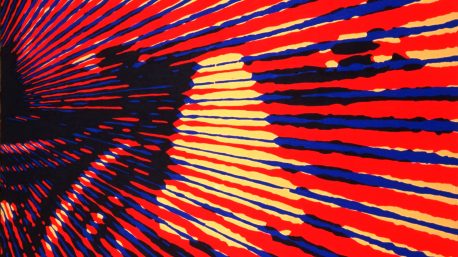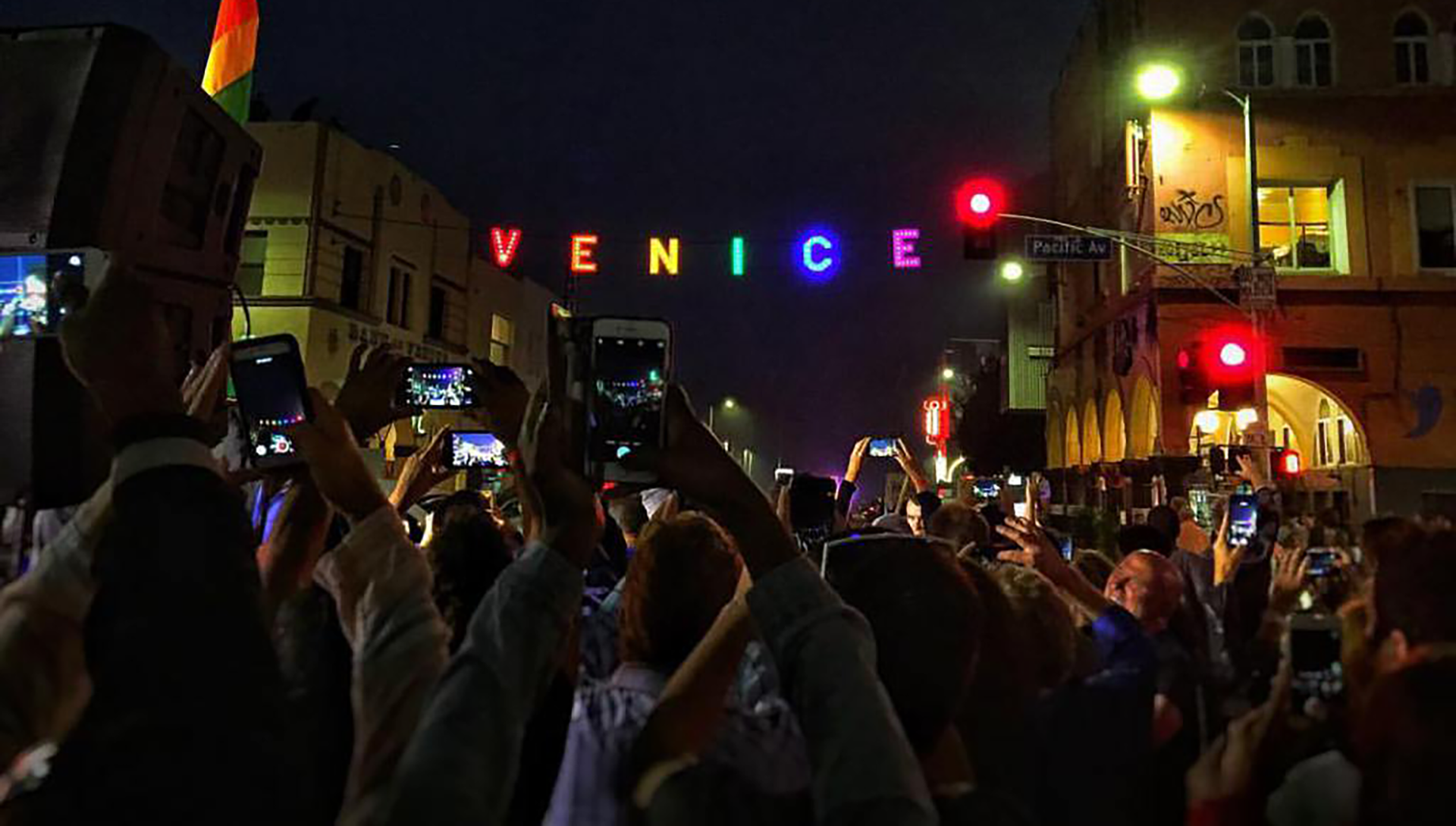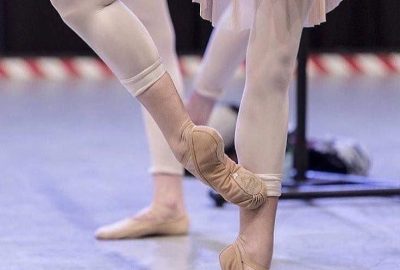Locutus of Borg
Michelle Leonhart is curating Crash the Planet for CRASH space, a Los Angeles hackerspace. My painting Locutus, an abstract-geometric portrait of Locutus of Borg (Patrick Stewart) seemed like the best contribution I could make. Locutus came pretty close to crashing the planet.
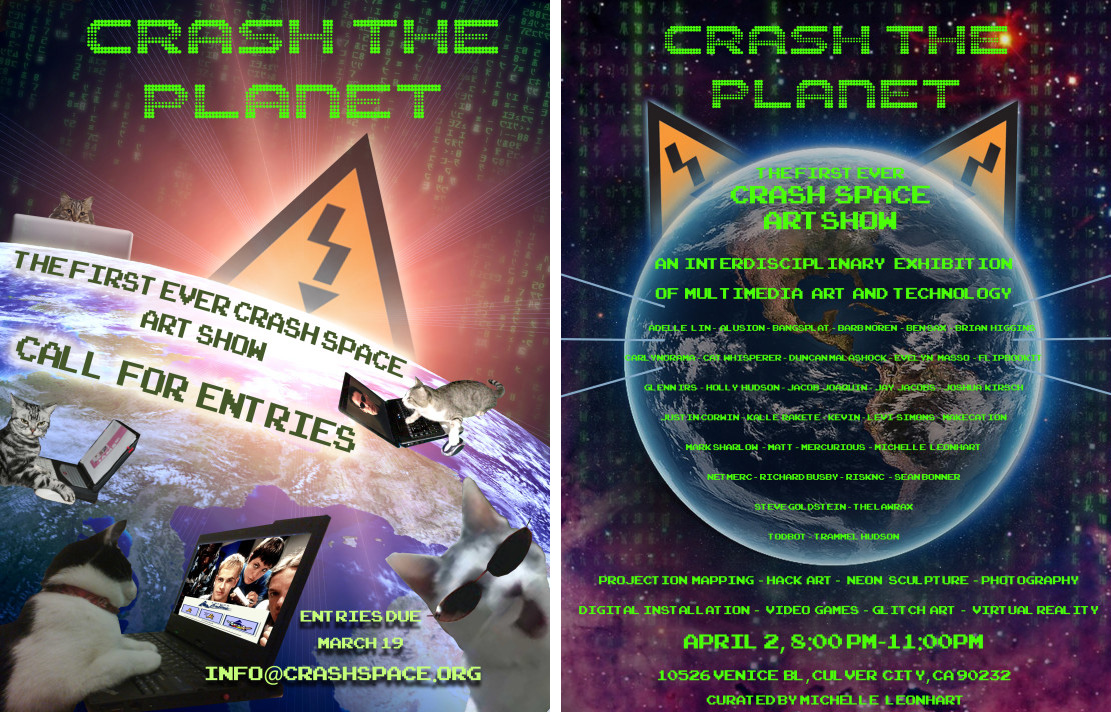
Crash the Planet, CRASH Space Art Exhibition curated by Michelle Leonhart.
Crash the Planet
- Saturday 2 April ’16, 8 – 11pm
- CRASH Space: 10526 Venice Blvd, Los Angeles, California 90232
Details
- Artist: glenn_irs
- Artwork: Locutus
- Description: 40″x30″, acrylic on canvas, 1997. An abstract-representational portrait of Locutus. Abstract in that when viewed close, one sees bold geometry. Representational in that when viewed from a distance or through a special viewer (negative lens) one sees a representational portrait.
- How it works (since we’re a hackerspace and all):
Abstraction & Representation
This work exists at the nexus of abstraction and representation. I hope it performs a sort of dance between the specificity of representation and the possibilities of abstraction.
Halftones
Essentially this is a giant, hand painted halftone. Frederick Ives invented the halftone in 1881. Halftones are a way of breaking up a continuous-tone, or greyscale, image so that it can be reproduced with a single color of ink (typically black). A full color image with millions of tones can be reproduced with 4 colors of ink (typically cyan, magenta, yellow, black).
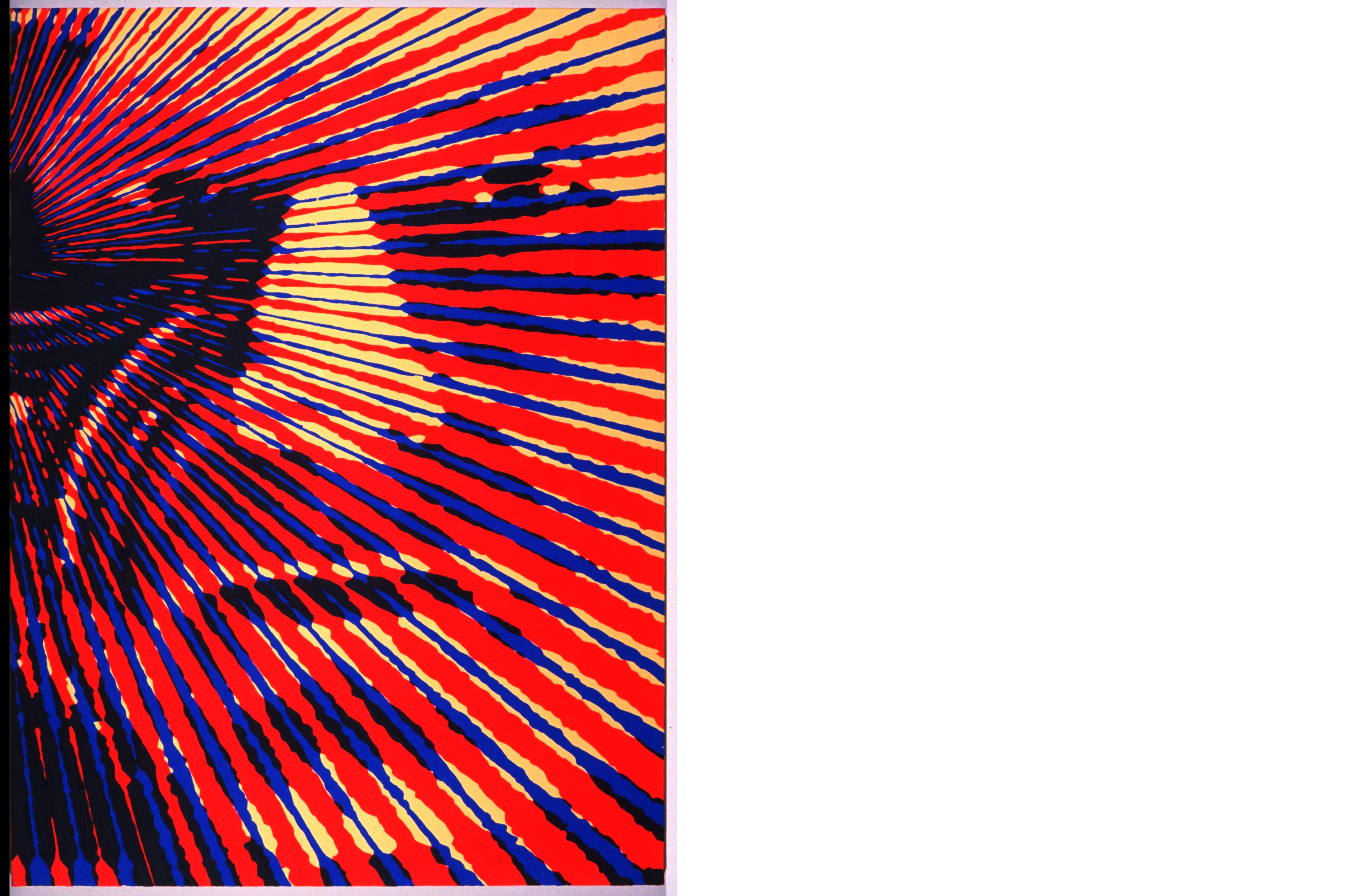
Locutus, 40″ x 30″, acrylic on canvas, 1997, Glenn Zucman
Photoshop & Illustrator
To produce these images I make custom halftone screens in Illustrator and then rasterize them in Photoshop. When I first started making them it would take half a day for Photoshop to rasterize the Illustrator screens. Today it’s almost disappointingly fast! For Locutus I designed a screen that suggested a laser or light beam emanating from the “Borgle Glass” on the side of his head.
In Photoshop I separate the original image into CMYK. Then I use Image > Calculations to subtract the 4-channel screen from the 4-channel source image. Then I Threshold the image. The subtract calculation is the equivalent of rephotographing an image through a halftone screen, and the threshold is the equivalent of shooting it on high-contrast lithography film.
I print each of the CMYK channels as black-and-white positives on a laserprinter. Next I project one channel onto canvas, draw it, and then paint it. Then I draw and paint a variable number of additional channels. Where channels overlap I paint a different color, the equivalent of ink layers blending on paper.
Viewing
To see the geometry you only have to stand near the painting. It becomes more an more representational as you get further and further from it. Or squint. Or view it with a special viewer (negative lens). From close you see the high frequency (fractal) elements. From far these high frequencies disappear and you see the lower frequency base image. The close viewing is of a flat image. From a distance you not only see the low frequency base image, but you also see tonality and dimensionality.
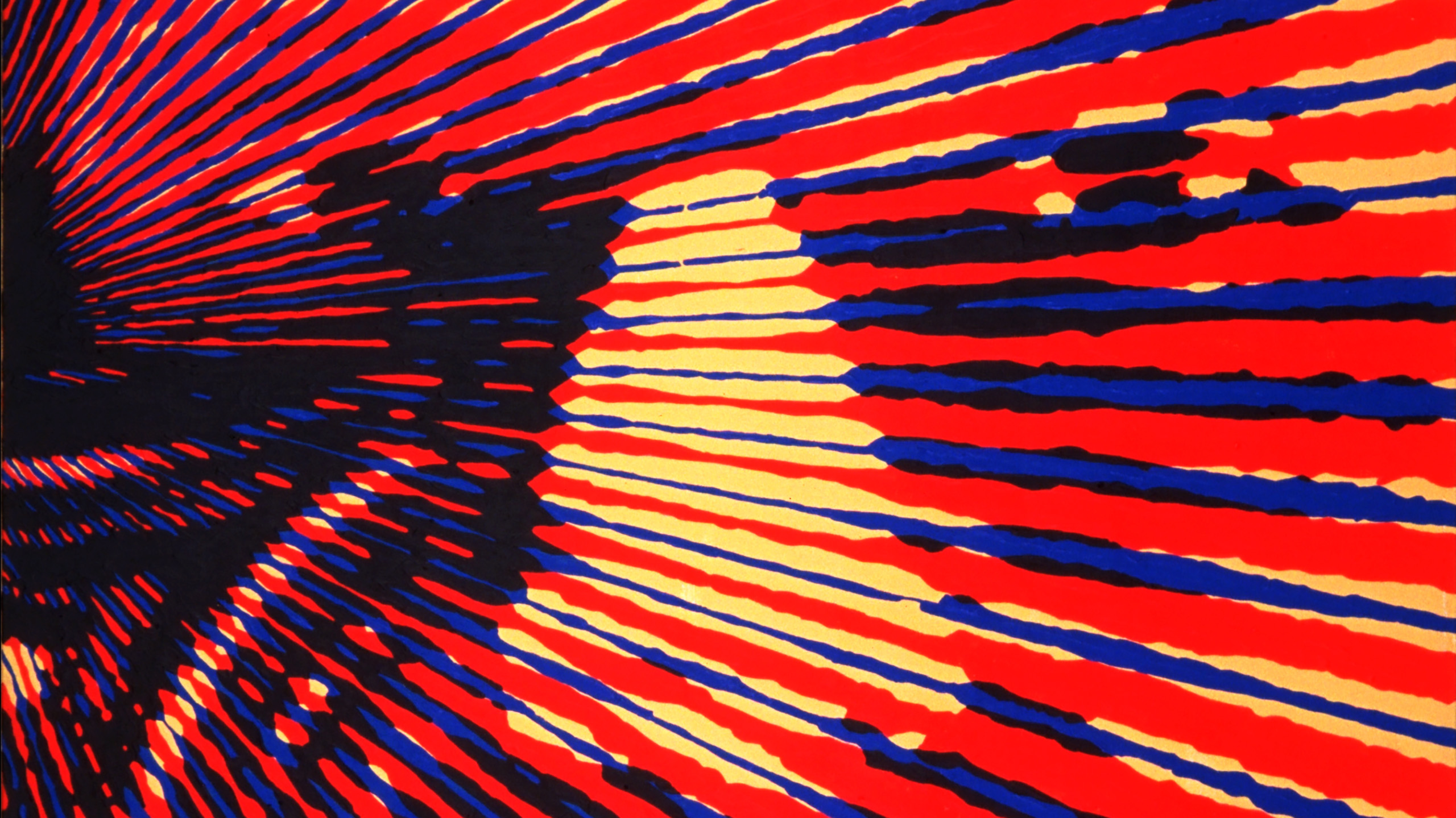
Locutus, detail
